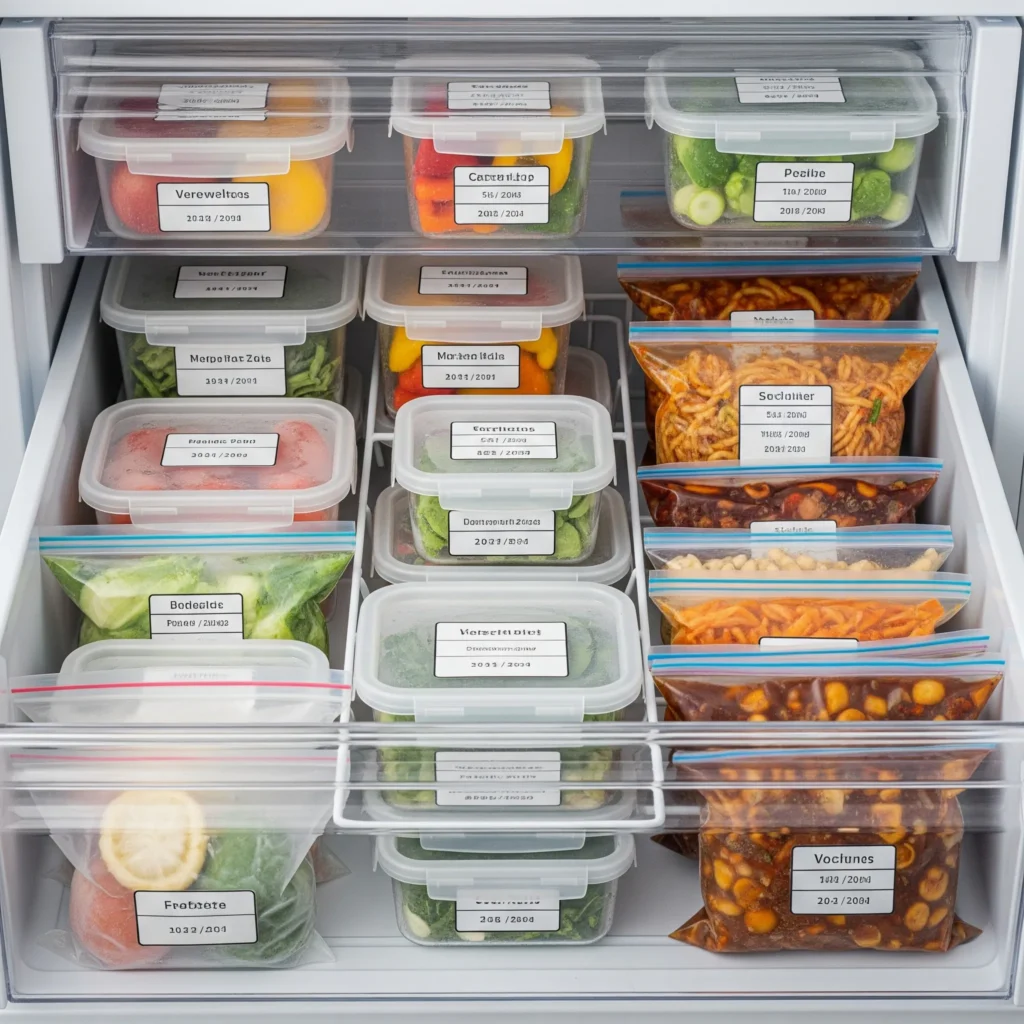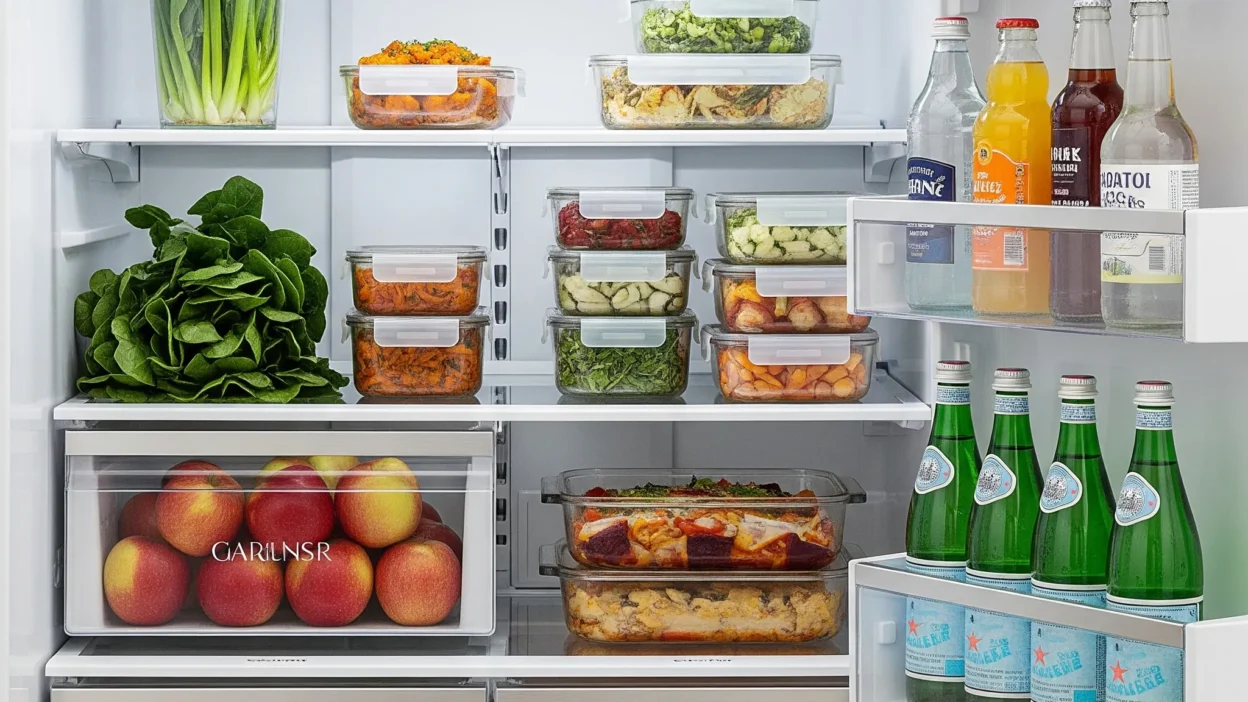Stop Tossing, Start Saving- Effective Food Storage Method
We’ve all been there. You open the fridge to find a bag of once-crisp lettuce has turned to green slime, or you discover a forgotten container of leftovers that’s now a science experiment. Food waste is frustrating, and it feels like throwing money away. The good news is that with a few simple tricks, you can drastically extend the life of your groceries. This guide is all about effective food storage methods that are easy to implement in any home kitchen.
By understanding how to properly use your refrigerator, freezer, and pantry, you can keep your food fresh, safe, and delicious for longer. Let’s dive into the practical tips that will transform your kitchen and your budget.
The Refrigerator: Your Go-To for Short-Term Freshness
Your refrigerator is your first line of defense against spoilage, but simply tossing things inside isn’t enough. Its main job is to slow down the growth of bacteria. To make it work for you, you need to use it correctly. Mastering refrigeration is a core skill in effective food storage methods.
- Don’t Overcrowd It: Cold air needs to circulate to keep everything cool. A jam-packed fridge has warm spots where bacteria can thrive.
- Know Your Zones: The door is the warmest part, so keep condiments there, not milk or eggs. Use crisper drawers for fruits and vegetables, as they help control humidity.
- Treat Herbs Like Flowers: For herbs like cilantro and parsley, trim the stems and place them in a jar with a little water. They will last more than twice as long.

The Freezer: Your Ally for Long-Term Preservation
The freezer is like a pause button for your food. It’s perfect for preserving everything from seasonal berries to batch-cooked meals. However, the key to preventing dreaded freezer burn is minimizing air exposure.
- Airtight is Everything: Use freezer-safe bags and press out all the air before sealing. For containers, leave a little space at the top for liquids to expand, but ensure the lid is tight.
- Label, Label, Label: Always write the contents and the date on everything you freeze. This prevents mystery meals and ensures you use older items first.
- Cool It Down: Never put hot food directly into the freezer. Let it cool completely in the fridge first to prevent raising the freezer’s temperature and partially thawing surrounding items.
The Pantry: Mastering Dry Goods Storage
Not everything belongs in the cold. The pantry is home to your dry goods, but it needs to be a cool, dark, and dry environment to be effective. Light, heat, and moisture are the enemies of shelf-stable foods. These pantry tips are crucial for effective food storage methods.
- Seal Your Staples: Transfer items like flour, sugar, rice, and pasta from their original bags into airtight containers. This protects them from moisture, pests, and going stale.
- Store Onions and Potatoes Separately: These two pantry staples should never be neighbors. Onions release gases that cause potatoes to sprout faster.
- Follow FIFO: Practice “First-In, First-Out.” When you buy a new bag of rice, place it behind the one you’re currently using. This ensures you’re always using the oldest items first.
For specific shelf-life information, you can check the fssai.gov.in guidelines for shelf-stable foods.
A Fresher Future for Your Food
By implementing these effective food storage methods, you’re not just organizing your kitchen—you’re saving money, reducing waste, and ensuring the food you eat is as fresh and safe as possible. A little bit of effort goes a long way.




